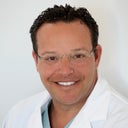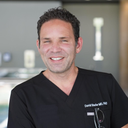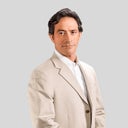I am a petite 5'4 114 lbs. I am currently an A and am going with silicione high profile implants. I want to be a small D or D and have been told variations as to how many ccs would work. One stated 400, another 460, how can I decide which will give me the end result that I am looking for?
Answers (16)
From board-certified doctors and trusted medical professionals
Dr. Jerome Edelstein, MD

Dr. Jerome Edelstein, MD
Certified Plastic Surgeon
Answer
Dr. Jaime S. Schwartz, MD, FACS

Dr. Jaime S. Schwartz, MD, FACS
Board Certified Plastic Surgeon
Answer
Dr. Lewis Albert Andres, MD

Dr. Lewis Albert Andres, MD
Board Certified Plastic Surgeon
Answer
Dr. Larry S. Nichter, MD, MS, FACS

Dr. Larry S. Nichter, MD, MS, FACS
Board Certified Plastic Surgeon
Answer
Dr. Asif Pirani, MD, FRCS(C)

Dr. Asif Pirani, MD, FRCS(C)
Certified Plastic Surgeon
Answer
Dr. Hayley Brown, MD, FACS

Dr. Hayley Brown, MD, FACS
Board Certified Plastic Surgeon
Answer
Dr. David Shafer, MD, FACS

Dr. David Shafer, MD, FACS
Board Certified Plastic Surgeon
Answer
Dr. Otto Joseph Placik, MD

Dr. Otto Joseph Placik, MD
Board Certified Plastic Surgeon
Answer
Dr. Morgan E. Norris, III, MD, FACS
Dr. Morgan E. Norris, III, MD, FACS
Board Certified Plastic Surgeon
Answer
Dr. Tom J. Pousti, MD
Dr. Tom J. Pousti, MD
Board Certified Plastic Surgeon
Answer
More Breast Implants Questions
See all Breast Implants Q&AWE SEND PRETTY
EMAILS
What’s trending? Who’s turning heads? Which TikTok myths need busting? We’ve got you. No fluff, no gatekeeping—just real talk. Get our free, unfiltered newsletter.